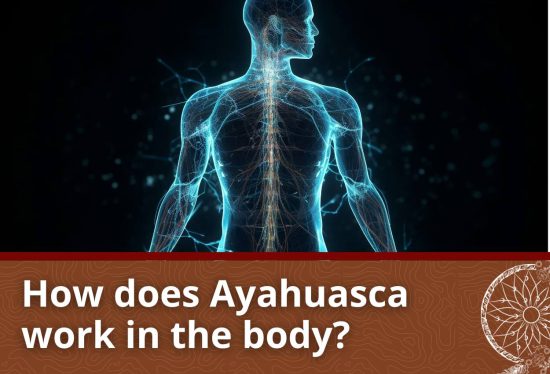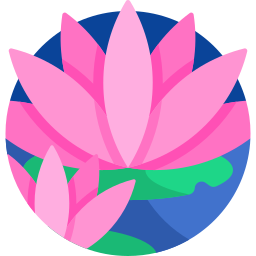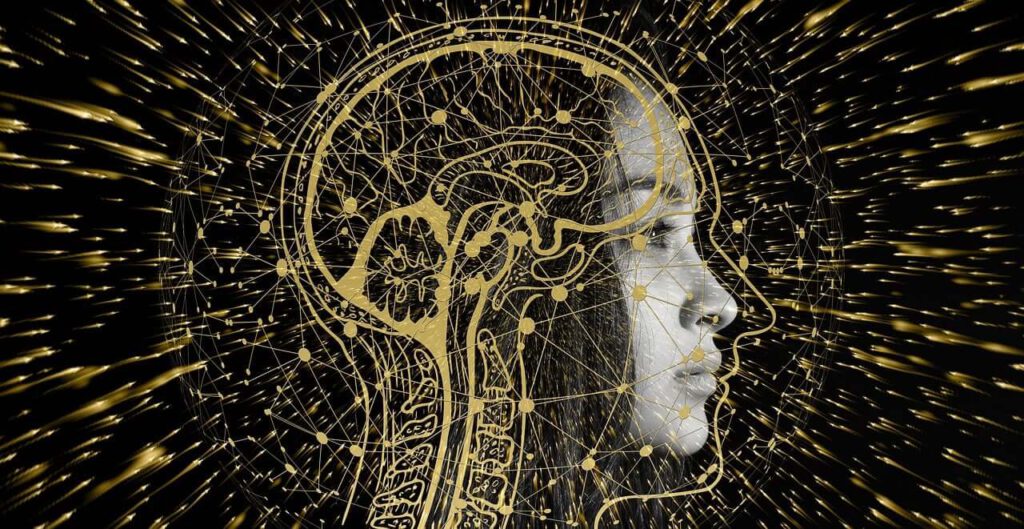How does Ayahuasca work in the body?
Find out more about how Ayahuasca works on the body and mind here.


The following text explores the unique aspects of Ayahuasca, including the effects and possible risks, as well as the details of the ceremonial accompaniment that takes place during the retreat. Our goal is to create a safe and supportive environment in which the transformative power of Ayahuasca can be experienced to its fullest.
Have fun discovering and preparing for this special journey!
Ayahuasca develops its effects through a harmonious combination of two plants: Banisteriopsis caapi and Psychotria viridis. Banisteriopsis caapi contains monoamine oxidase inhibitors (MAOIs), which prevent the rapid breakdown of DMT (dimethyltryptamine) in the body. DMT, which is provided by the plant Psychotria viridis, has the potential to exert its extensive psychoactive effects when combined with these inhibitors.
DMT primarily acts on the serotonin receptors in the brain, particularly the 5-HT2A receptor, which is responsible for perception, emotional processing and cognitive functions. This interaction results in the remarkable psychedelic effects that make ayahuasca a unique experience.
Many people report profound changes in consciousness, intense emotional insights, and vivid, often beautiful visual hallucinations. These experiences can lead to an increased sense of spiritual connection and personal clarity.


Plant combination
Ayahuasca combines Banisteriopsis caapi and Psychotria viridis to produce profound psychoactive effects. This mixture enables an exceptionally intense experience through the synergy of the two plants.
MAO inhibitors and DMT
The MAO inhibitors in Banisteriopsis caapi allow DMT to take full effect, resulting in intense visual and emotional experiences. This significantly prolongs and intensifies the psychoactive effects of DMT.
Spiritual insights
Taking ayahuasca can lead to increased spiritual connection and deep personal insights. Many report an increased sense of unity and meaningful self-reflection.
Therapeutic research
Ayahuasca is being researched as a promising treatment for depression and addiction. Initial studies show that psychoactive experiences could potentially have supportive effects in psychotherapeutic treatment.
Ayahuasca body effect summary:
A commonly reported positive effect of ayahuasca is the so-called “ego death experience,” in which the usual sense of personal identity temporarily fades into the background. This can lead to deep self-reflection and a sense of unity with the world.
In addition to these fascinating psychedelic effects, ayahuasca is increasingly being viewed as potentially supportive in the treatment of depression, addictions and other emotional challenges. Many users report long-term positive changes in their lives and increased emotional resilience after taking it.
The effects of Ayahuasca can vary from person to person and depend on both the dose and the individual mental state.
While some people have exceptionally positive and transformative experiences, there are also reports of less pleasant effects, such as anxiety or paranoia.
Nevertheless, Ayahuasca is viewed by many as a powerful tool for personal and spiritual development.
